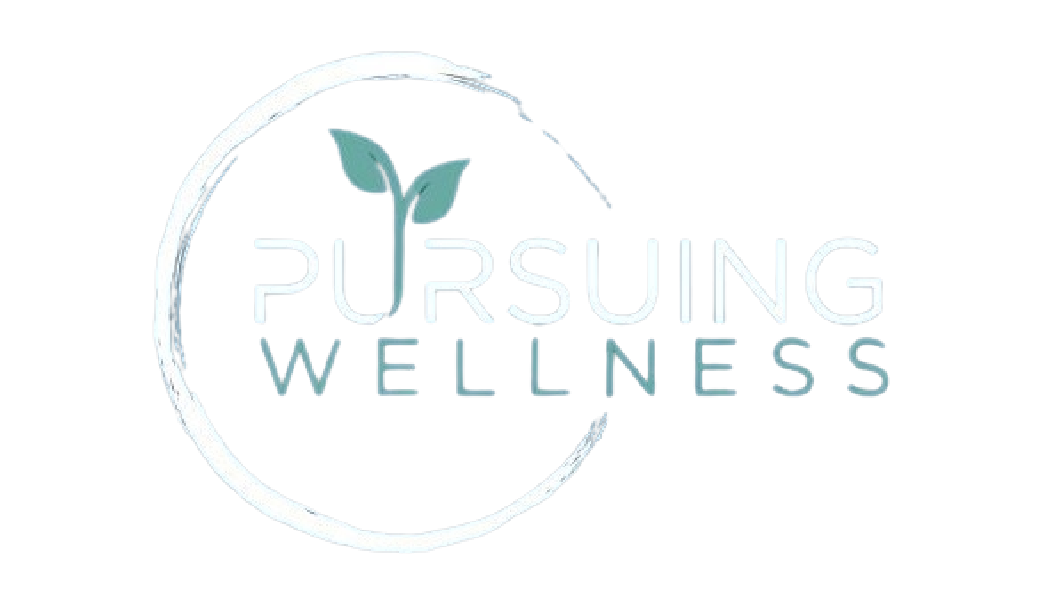Reclaiming Your Power: Healing from Trauma
April is both Sexual Assault Awareness Month and National Counseling Awareness Month—a powerful time to acknowledge the impact of trauma and highlight the strength in healing. Trauma can affect how we think, feel, move through the world, and relate to others. But healing is possible—and it begins by taking intentional steps toward wholeness.
At Pursuing Wellness, we believe healing must include the mind, body, and spirit. Through therapy, life coaching, mindfulness, and trauma-informed practices, we offer a safe space for people to release pain, rebuild confidence, and reconnect with themselves.
Understanding Trauma: What It Can Look Like
Trauma is not just what happened—it’s what happened inside of you as a result. Your body may have responded by activating a constant state of survival, even long after the threat was over.
Trauma can manifest as:
Emotional symptoms: Anxiety, depression, shame, irritability, or emotional numbness
Physical symptoms: Chronic pain, fatigue, tension, or digestive issues
Behavioral patterns: Isolation, difficulty sleeping, avoidance, or people-pleasing
Cognitive changes: Trouble focusing, negative self-talk, or feeling disconnected
Recognizing these patterns is the first step in reclaiming your power and writing a new narrative for your life.
Healing from Trauma: A Whole-Person Approach
1. Therapy & Life Coaching
Therapy helps process unresolved pain, rebuild safety, and restore emotional regulation.
Life coaching supports setting boundaries, rediscovering purpose, and stepping into growth after trauma.
Combining both offers space for reflection and momentum toward change.
2. Mindfulness & Grounding
Simple practices like breathwork or grounding exercises can calm your nervous system and bring you into the present.
Try this technique:
5-4-3-2-1 Grounding
• 5 things you can see
• 4 things you can feel
• 3 things you can hear
• 2 things you can smell
• 1 thing you can taste
3. Trauma-Informed Yoga & Movement
Our bodies often carry what our minds are trying to forget. Mindful movement can help release tension, reconnect with the body, and create safety from within.
Gentle poses like Child’s Pose, Legs Up the Wall, and Supported Bridge promote calm, control, and release.
4. Journaling for Healing
Putting your thoughts on paper can help organize emotions and identify patterns.
Try these prompts:
What do I need to feel safe today?
How have I already survived and grown?
What boundaries do I need to feel protected and empowered?
Join Our “Pursuing Healing” Trauma Support Group
Pursuing Healing is our trauma-informed support group offered through Pursuing Wellness. It’s designed for adults who are ready to explore healing in a safe, guided space—no matter where they are in their journey.
This group integrates:
Therapy and life coaching support
Mindfulness and breathwork practices
Education on trauma and nervous system regulation
Space for reflection, connection, and community healing
Whether you’re dealing with past abuse, childhood trauma, or the long-term effects of a difficult life experience, this group is for you.
You Are Not Alone in This Journey
Healing doesn’t mean forgetting. It means reclaiming your power, rebuilding your sense of self, and creating space for peace and possibility. At Pursuing Wellness, we’re here to walk beside you.
Take the Next Step:
Apply for the next round of Pursuing Healing
Book an individual therapy or coaching session
Attend a mindfulness or yoga class focused on emotional balance and nervous system support
Follow us for daily tips, group updates, and inspiration
You are worthy of healing. You are worthy of peace. You are worthy of wholeness.
Let this month be your invitation to begin—or continue—your healing journey.

